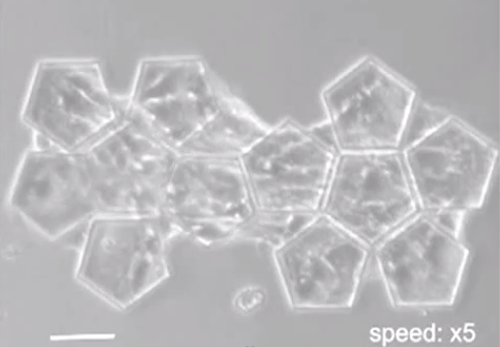

In an effort to surmount the hard problem of 3 dimensional tissue engineering, Tokyo scientists have taken cues from origami. The researchers grew connective tissue cells on the seams of origami designs. By prodding the cells with a glass rod, the scientists manipulate the cells traction mechanisms and prompt the 2D cells to fold into 3D objects (see the video below).
The dream of growing functional organs in a petri dish has a serious hurdle to overcome: how to get the building block cells to robustly grow in three dimensions. At Protein we've seen a myriad of solutions, ranging from magnetic bioassemblers, to innovative , art inspired, scaffolds.
Growing organs is but one eventual application of innovate methods like this. Creating microscopic structures that are native to our bodies' internal systems is an equally cherished goal. Engineering shapes at this microscopic scale will contribute to next generation drug delivery methods, influencing ailments such as cancer.



Discussion